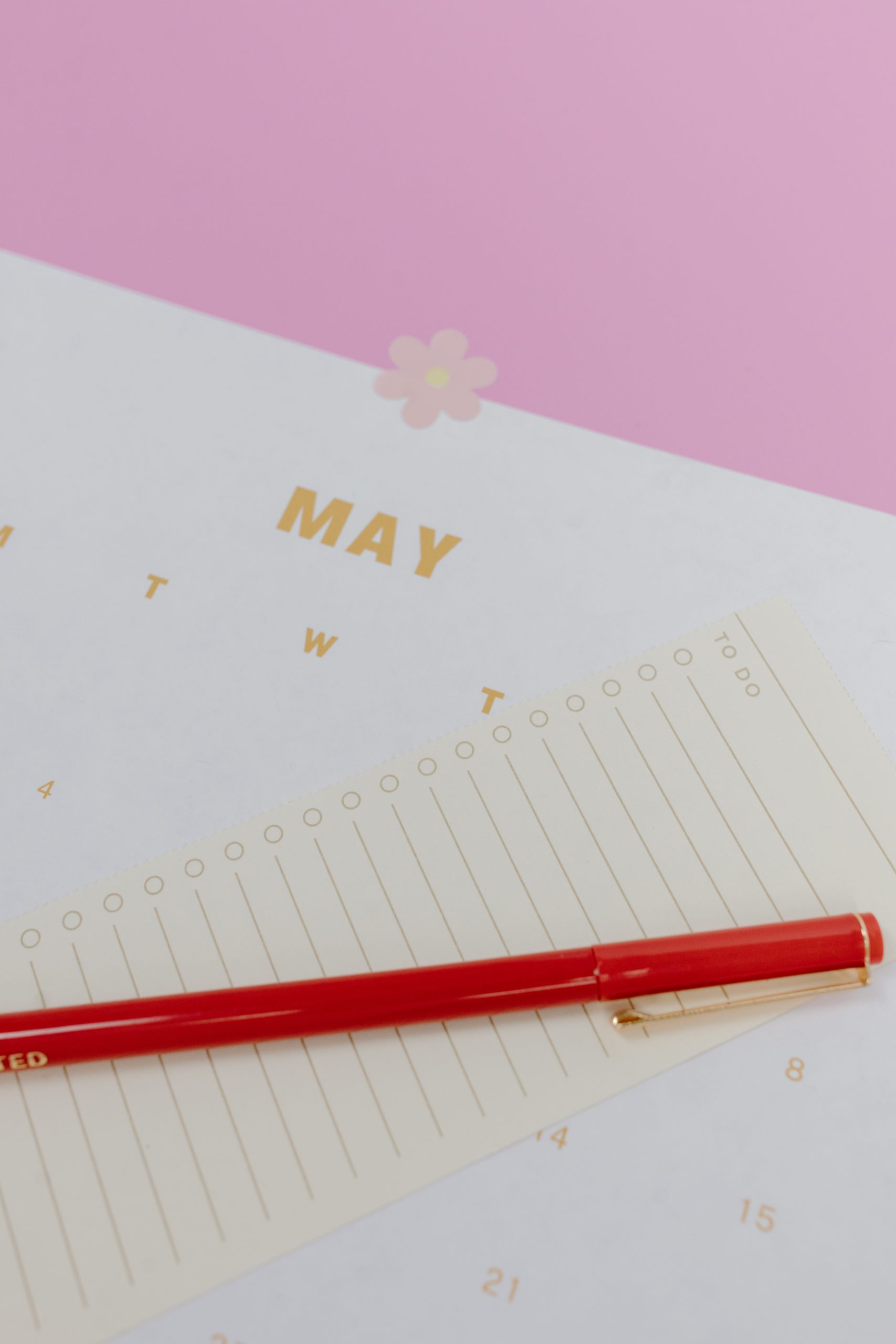Your cart is currently empty!

Miscalculation Trouble: The Importance of Task Time Tracking
I don’t know about you, but I’ve found that I often underestimate the amount of time certain tasks will take. I’ll think something will take just 5 minutes, but end up spending 20 minutes on it, feeling frustrated. And then there are those tasks that I dread because I think they’ll take up 20 minutes of my time, but they end up only taking 5 minutes. That’s where task time tracking comes in. By tracking the time you spend on specific tasks, you’ll not only have a better understanding of how much time each task takes, but you’ll also be able to create a “reference list” for future use. So, the next time you have to complete the same task, you’ll have a rough estimate of how much time it’ll take. Perfect for when you want to fit in your to-dos into your schedule :).
How much time are you REALLY spending on your tasks?
Tracking the time it takes to complete your tasks or to-dos is a simple yet effective method to understand how much time you spend on the things that need to happen during your day-to-day life. Whether it’s writing an email, setting up a meal plan, or taking a break, in the end you’re spending time and overall, you don’t want to let it go to waste if you want to be on top of your game. Fact is, we all have 168 hours a week to spend, and if we were to track the time we spend on everything, you’ll be shocked at how much of those 168 hours was going to waste due to procrastination, laziness, and just doing nothing. Imagine how much you could have achieved if you only spent even half of that time in a more mindful and productive way. Having a reference of the time we spend on different tasks makes a huge difference in how you plan your to-dos and this will give you a whole new perspective on your time use. It could be a 180-degree turn, might I say. It has opened my eyes for sure, since I’m a queen in miscalculating how much time something takes. One of the perks of having ADHD, I guess 😉
Track your time to goal achievement
We all love setting goals, and it’s even better when we achieve them. But let’s be honest, most of the time, we set big goals that need to be broken down into smaller, more manageable ones. Disclaimer: if you really want to achieve that one big goal, you need to stay motivated while pursuing the small goals first. And that’s where task time tracking comes in. It feels empowering to see how much time you’ve already spent working towards your main goal. Plus, you can even set a time limit for yourself on a task, and make it a fun challenge to complete it within the timeframe you’ve set. Personally, I use this method all the time. Some to-dos just require a little bit of fun, am I right?
Set your priorities straight
When you have a plan set up for your day, you automatically know which to-dos are more important than others. But if you need help figuring out what to prioritize, make a separate list of your to-dos, sorted from “important” to “less important”. You can also use the Recommended tools for tracking task time
Tracking time doesn’t have to be complicated. All you need is a list of tasks, a time goal, and a timer. I recommend keeping a separate notebook just for this purpose, it’s great to have a log to refer back to later. For those who prefer a digital approach, Toggl is an excellent time tracking tool that allows you to track time spent on to-dos, projects, and work. You can organize your records in different folders and color-code them. I’ve been using Toggl for my work and it provides me with a clear overview of how much time I’ve spent on different tasks. Another option is my my Etsy shop. After purchase, you can download it and print it at home or open it on your tablet using a PDF annotation app. Personally, I prefer using paper for my daily to-dos, so this tracker is perfect for me. You can fill in the date, task, and your estimate of the time it’ll take to complete it. Easy peasy. To wrap things up, keeping track of how much time you spend on different tasks can be a game-changer when it comes to productivity. By being aware of how much time you’re spending on certain tasks, you can create a “cheat sheet” for the future so you know roughly how much time to set aside for similar tasks. Plus, it helps you identify tasks that you might be procrastinating on or wasting too much time on. Setting a time goal for a task can make it more fun and challenging, and it’s a great way to stay motivated. There are plenty of tools and apps out there to help with tracking your time, like Toggl, which is a great digital option. But if you’re like me and prefer a more hands-on approach, you can use a notebook or even a task time tracker. Whatever you choose, tracking your time can give you a fresh perspective on how you’re using your time and help you be more productive and efficient.
Leave a Reply